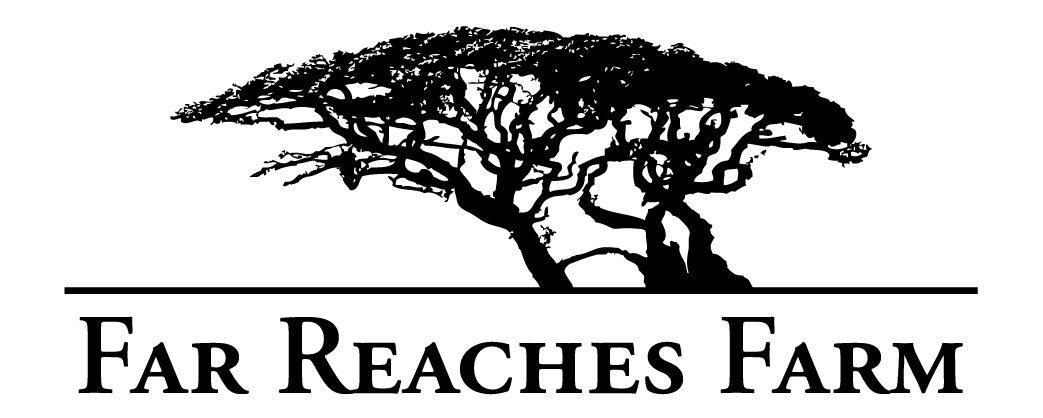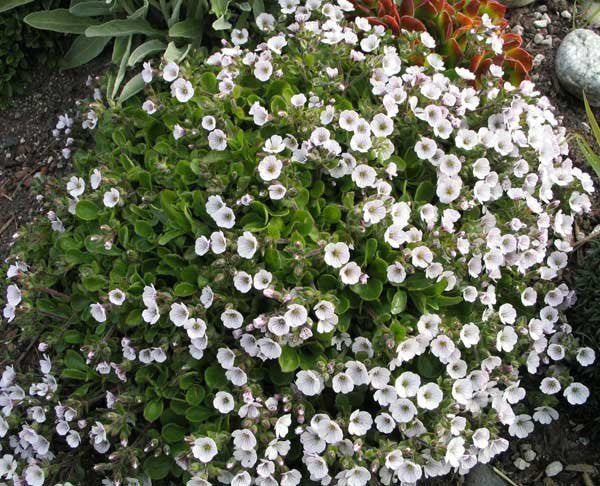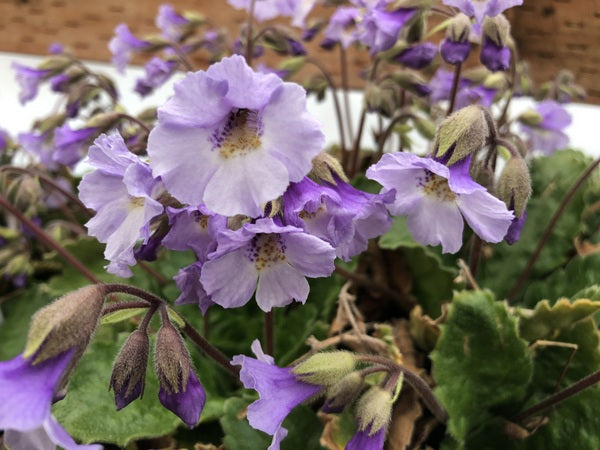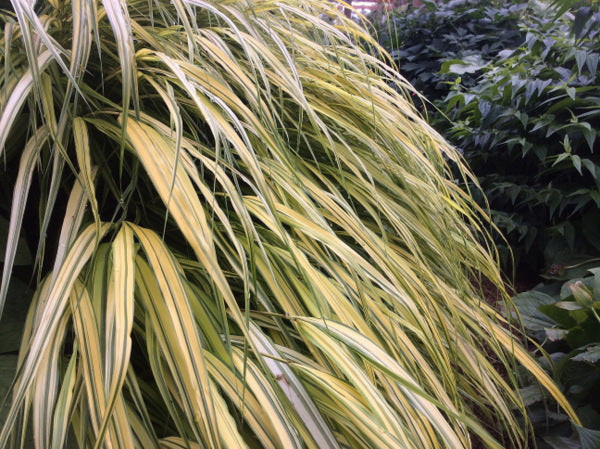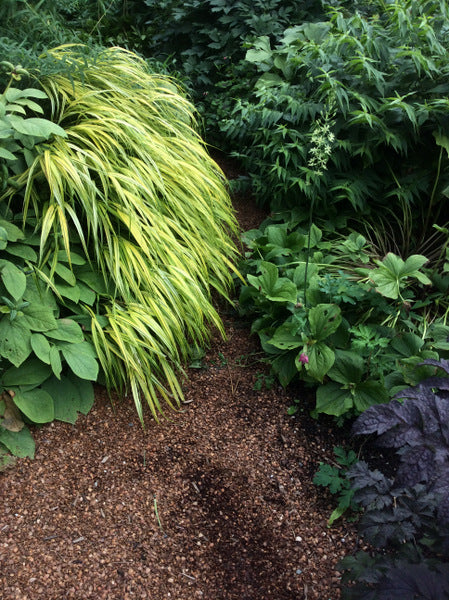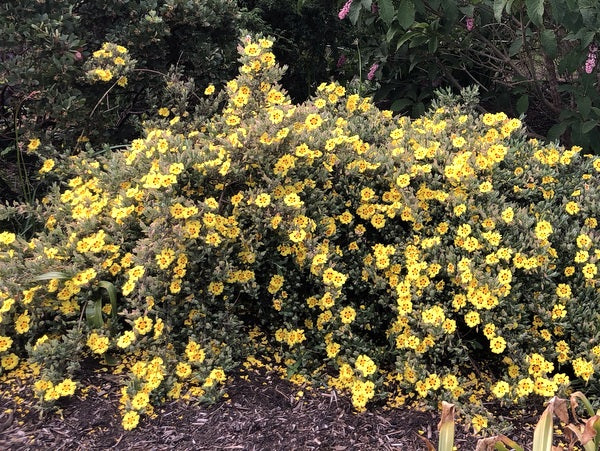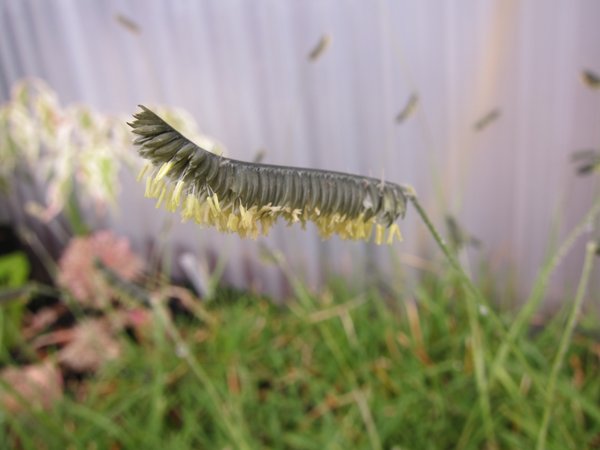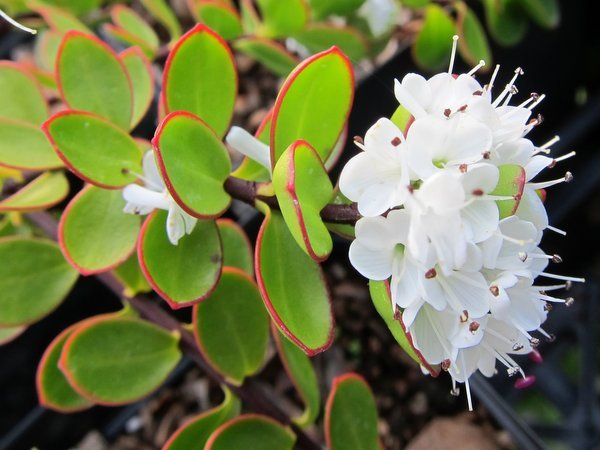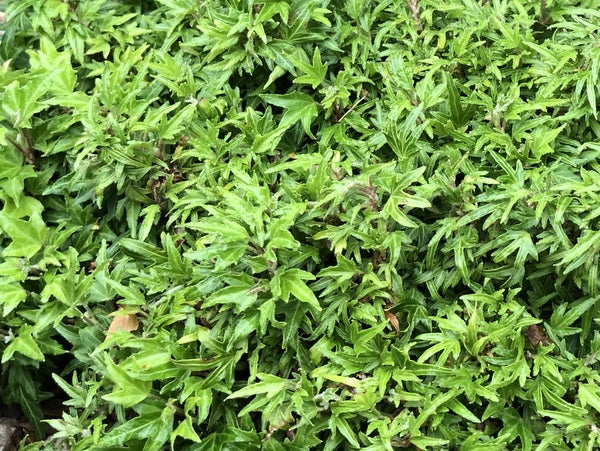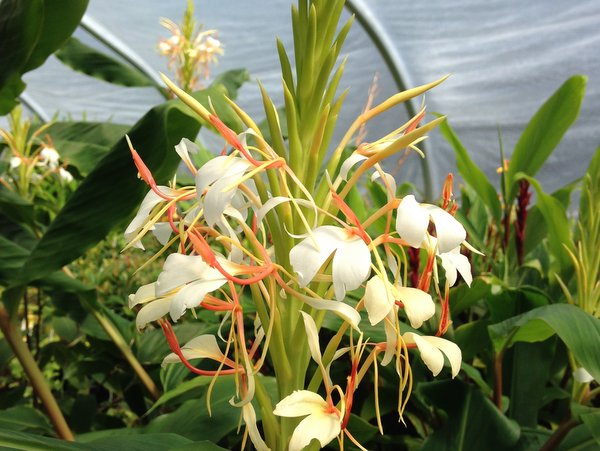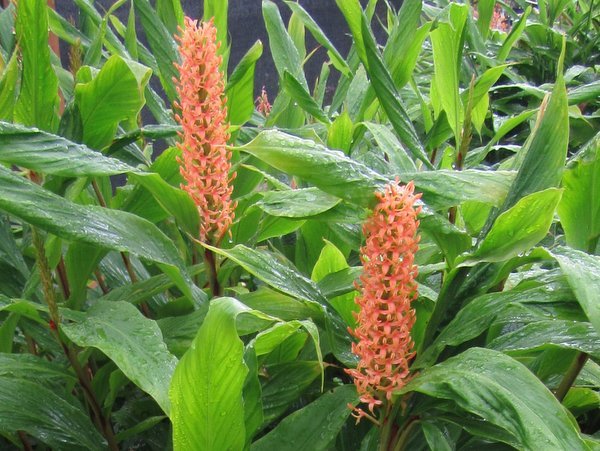Sort by:
1775 products
1775 products
Variegated version of the Broadleaf Griselinia. This New Zealander is an evergreen shrub with laurel-like green apple leaves whose margins are painted in cream as if from a palsied brush. Insignificant flowers bear little mention which is saying something coming from us, Champions of the Botanically Interesting. The foliage is of first-class stand-alone merit and why chance the potential clashing distraction which flowers might bring to a broad-leaf evergreen of this caliber? Excellent shrub responding well to pruning or hedging and suited for mild gardens such as near the water or in urban heat sinks here in the Puget Sound metro area. Try it as a south or west wall plant in areas frustratingly on the periphery of its hardiness range. The straight green-leafed species has been a stalwart at Washington Park Arboretum for decades in Seattle and this version will be no different.
Beautiful variegated form of this new Zealand Griselinia. As the species name suggests, this favors coastal conditions and can take the wind. We saw the typical form growing happily at Robin's Hood Bay in England as we finished the Coast to Coast walk. Think a much more refined laurel and you are in the ballpark. Easy to prune, gets to 12', zones 8b-9 or warm 8a. Flowers insignificant.
Very rare groundcover species from Southland and Stewart Island, New Zealand where this is restricted to just 4 small coastal populations comprised of just 6 individual plants. The plants form flattened brown-gray rosettes - and spread by stolons in moist dune hollows. Our plants have green leaves which may refer to our soils or geography and weathered our 12F winter with a bit of mulch. Quite uncommon in cultivation and usually found in botanic gardens and a very few, ahem, exceptional specialty nurseries.
A diminutive relative to the more familiar Jurassic Gunnera. This has a creeping habit making a low dense groundcover with rounded leaves. Herbaceous, the new leaves emerge in late March to April. It does flower albeit in the most insignificant manner with small pinkish brown feeble attempts. Loves a rich moist soil - mulch if bitter cold.
A mat-forming, creeping bit of amusement from New Zealand where it grows from Auckland south. This is related to the monster Gunnera of cast concrete leaf fame but is just a tad more manageable. Great at pond's edge in the shaded woodland and small pipecleaners of reddish flowers are a pleasant surprise. The orange fruit against the small rounded brownish leaves is a welcome bonus track.
Hardy species in the Gesneriaceae or African Violet family from Greece and Bulgaria where it favors shaded rocky outcrops. Our old mama plants fill a 3 gallon pot with a packed dome of evergreen leafy rosettes that give rise to 4"-5" stems with flowers of pale lavender faces and dark corolla base. Great starter plant for newbies to hardy gesneriads and it is so rewarding that even the long-time collectors have to confess to feeling that familiar thrill when it flowers. Good drainage, excellent in north-facing crevice of rock wall.
The pure white flowering form of this hardy gateway drug gesner. Has everything the die-hards love about the genus with the leathery evergreen rosettes and amiably nodding open faced flowers. Happy on rock or in a sharply drained situation. Divisions off of seed grown plants from the original clone.
Rio Grande Rain Lily. This little bulb has the cheeriest yellow flowers with burnt orange streaking which appear without leaves in late summer to early fall with the onset of fall rains if grown in a sunny dry spot. These get 6" tall but are wicked cute and will self sow to make an enviably vibrant patch in time. Native to the Southeast and Mexico. Hardy to zone 7.
Needle Bush. Ouch! What the Hell???? Yes, it's sharp and not recommended for the Children's Play Garden or Hortucultural Therapy Garden but a must for the Plant Nerd Garden, Mediterranean Style or Garden of Wicked Delight. Takes wet or dry, sun to part shade, can grow to 12' with white flowers. It's in the Protea family so easy on the phosporous.
We adore the Halimiums as they have proved to be amply hardy here at Far Reaches, the nearest thing to a Russian Steppe that western Washington offers. Low growing evergreen shrub clad in grayish foliage and not shy at all yellow flowers with precise carmine pyramids at the base of each petal. Good drainage.
Caterpillar Grass. This is a cool evergreen grass (semi-evergreen in our winters) from South Africa. The low grassy 15" mounds of leaves won't turn your head but the flowers will. Wiry stems bear seedheads looking like a Caterpillar on a stick with an amazing window where the yellow anthers dangle like little feet in motion. Seriously. It's serious fun.
Like lots of things we sell here, we searched near and far for the ideal Far Reaches Farm cap and this is it! Distressed 100% cotton in a variety of colors with a sweet antiqued brass buckle for a custom fit. We had it embroidered with our logo by a small shop in town to help support our little local economy. If you are mystified by the color names, here is a handy key: Khaki is a light olive tone, Maroon is a faded, dark red, Hunter is deep green, Charcoal is blue-grey, and Navy is dark blue.
Nice hardy Hebe for us here in the PNW as this hails from the alpine and subalpine areas of the drier mountains on New Zealand's South Island. A low creeper to just 8" high, the olive-green leaves are quite good but it really gets its groove on when it blooms as the white flowers contrast with the near-black stems.
Always vying for Top Hebe in our esteem, this compact grower sports narrow blue-gray leaves with months of white flowers. Our plant has weathered our worst winters with nary a whimper and is at this moment of writing on August 5, without fault, well into month two of blooming. We had the good fortune to have superstar UK garden photographer Andrea Jones visit the summer of 2013 and our 2'x3' plant of Hebe recurva, which was underplanted with Mertensia maritima, was looking smashing. The Mertensia had of its own accord draped a stem over the Hebe and was at its peak with its own even bluer leaves and its small sky-blue flowers. Andrea homed in on this like she was laser-guided and we only wished that we could take credit for the artistry. She was kind giving us credit for the combination while creating the space for serendipitous opportunity.
An extremely dwarf Ivy found in 2005 by Dutch nurseryman Cees van Ostaayen who noticed a miniature sport on Hedera helix 'Needle Point'. This one came to our attention in John Massey's private garden at Ashwood Nursery where it called to us from among the abundance of rarities and perfection. Should this little gem throw a shoot that is unnecessarily more vigorous in an attempt to revert, just nip it off. Lovely in a container.
This is one had thought was Hedychium spicatum var. spicatum but are now thinking it is H. yunnanense. This is a much larger plant than any of our spicatum collections getting to over 5' tall and has a much larger and denser inflorescence packed with far more flowers - up to thirty. The flowers resemble spicatum in their shape and white and coral colors and the resultant orange-red fruit is also very similar.
One of the most satisfying and reliable of the hardy Gingers. We've grown this Nepalese beauty for years now and it always blooms in mid to late summer with flowers of the most gentle orange. This is a good increaser in moist loose soil and looks marvelous in half sun or bright shade. This does not need a long warm Fall to flower but relishes our cool pseudosummers here in the Puget Sound. We mulch ours in the fall to keep frost for reaching the rhizome and basically other than that we just water and feed it. Very low care.
